1. Climate change skeptics had more influence than ever on the US federal government.
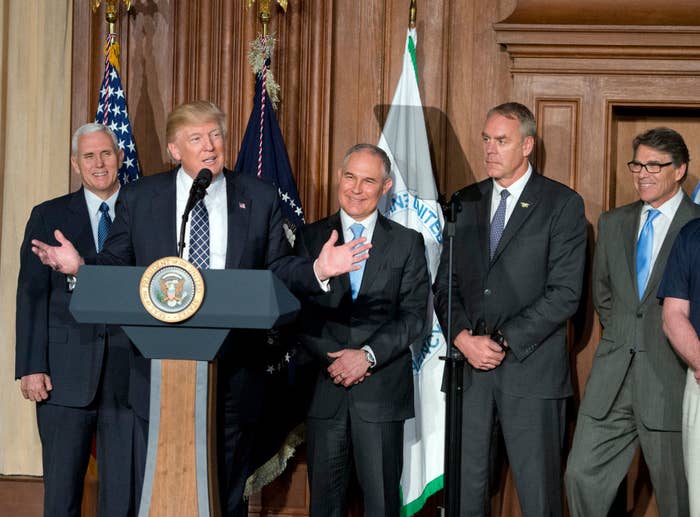
Donald Trump made his opinion on global warming clear in 2012, when he tweeted that it "was created by and for the Chinese in order to make U.S. manufacturing non-competitive."
As president, Trump has packed his administration with leaders who have expressed doubts about the existence or intensity of man-made climate change, including Vice President Mike Pence, Attorney General Jeff Sessions, Department of Energy chief Rick Perry, and Environmental Protection Agency head Scott Pruitt.
Meanwhile, the Heartland Institute — a controversial free-market think tank that argues global warming has been "exaggerated" and that carbon emissions don't need to be curbed — has been strategizing how to further influence the administration, with the particular aim of getting rid of the "endangerment finding" that allows the EPA to treat carbon as an air pollutant.
2. Bogus climate stories quickly went viral, but their debunks didn't.
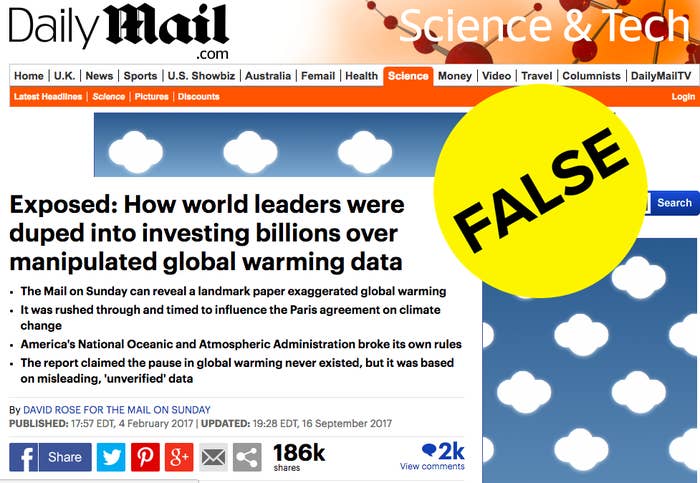
In February, Britain's Mail on Sunday triggered a blitz in conservative media outlets by publishing a story claiming that US government scientists had used flawed global warming data. Seven months later, the newspaper admitted that it had the story wrong. But the debunk did not make the same splash as the original report — not even close. A BuzzFeed News analysis showed that the debunking articles were only shared about one-quarter as much as the bogus story was.
3. The Trump administration gutted a host of policies meant to fight climate change.

It's been quite a year for US climate change policies, with the Trump administration rolling back a host of environmental regulations in the name of helping the economy. Goodbye to the Paris Agreement, the Climate Action Plan, the Clean Power Plan, climate advisory groups, and even the words "climate change" on some federal websites.
4. Five dangerous accidents happened at BP’s oil and gas operations in Alaska this year.

The oil giant BP has seen a series of headline-making accidents in the last couple of decades. In 2005, 15 people died from explosions at a Texas refinery. The next year, a spill in Prudhoe Bay, Alaska, led to millions of dollars in fees. And in 2010, the Deepwater Horizon drilling platform off the coast of Louisiana caused the largest oil spill in US history, killing 11 workers.
Between the high fines and PR problems, BP would have a tough time surviving another accident on that scale. And yet, BP Alaska saw at least 27 accidents in 2017, including five that risked workers' lives. Internal emails, recordings, interviews, and other documentation obtained by BuzzFeed News show how its executives are struggling to fend off a catastrophe. “We must change now; we must have a reset,” one email said.
5. Global warming was still a thing, with sad consequences.
From January through November 2017, temperatures in the contiguous US were the third-warmest on record (just behind 2015 and 2016), according to the National Oceanic and Atmospheric Administration.
Temperatures in the Arctic were the second-highest ever recorded, and Arctic sea ice levels reached a new low in the winter of 2017, falling some 1.2 million square miles short of past winters. Sea ice in Antarctica, too, reached historic lows, although it's less clear how this might be related to climate change.
A warming Arctic threatens the future of the polar bears, which stand on sea ice while hunting. (Earlier this month, a video of a starving bear went viral — but some scientists pointed out that the bear could have just been sick or injured.)
Scientists also discovered this year that the rise of carbon dioxide levels in the atmosphere may make wheat, rice, and other crops less nutritious.
6. Hurricanes, floods, earthquakes, and wildfires wreaked havoc on the US and Caribbean.
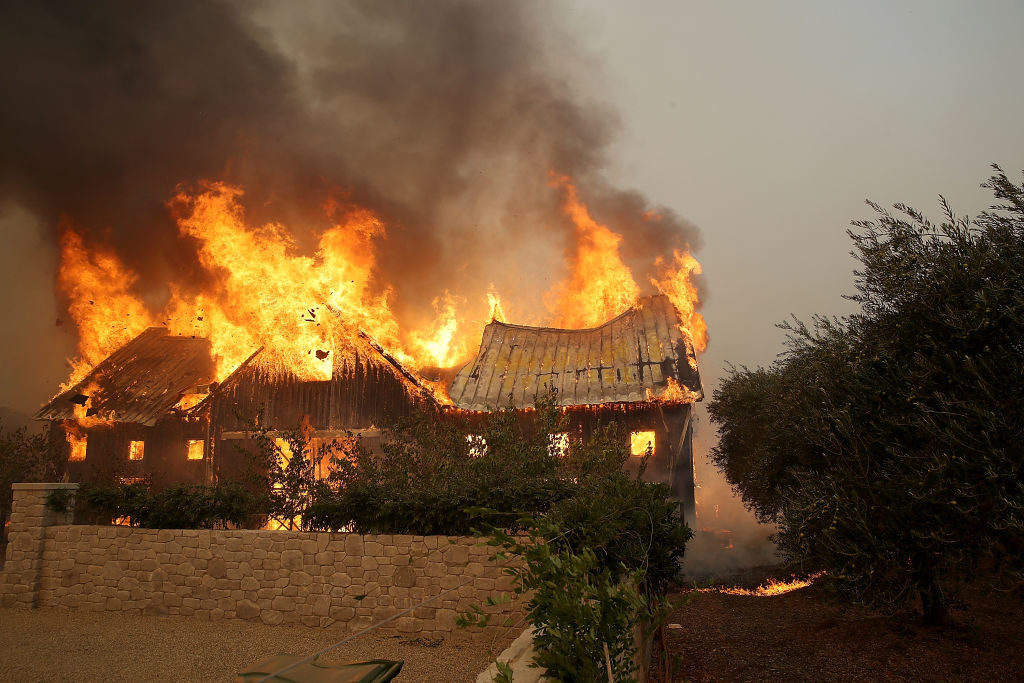
Climate change is also making extreme floods, wildfires, and hurricanes more likely. Although it's difficult to say whether global warming drove any of the particular disasters of 2017, there were certainly a lot of them. Hurricane Harvey drowned Houston, killing dozens, damaging 13 toxic waste sites, floating fire ant colonies, and releasing more than 5 million pounds of pollutants. Irma tore through the Caribbean and Florida, killing dozens and leaving millions without power. And Maria pummeled Puerto Rico, causing many more deaths than the official count and the largest blackout in US history.
Intense wildfires blazed through the western US, destroying thousands of homes and businesses in California and leaving many struggling to breathe. And in the span of just two weeks, Mexico was shaken by two massive earthquakes, crumbling buildings and killing hundreds.
(There's one positive way to look at the year in natural disasters: Although the US, Mexico, and Caribbean were hit particularly hard this year, if you look at the global numbers, 2017's disasters actually caused fewer deaths than in most other years in recent history.)
7. This year saw a resurgence of the anti-vaccination movement.

Trump appears to be the first US president to be skeptical of vaccines, or at least sympathetic to those who believe that the signature public health achievement of the 20th century could be dangerous.
"If I were President I would push for proper vaccinations but would not allow one time massive shots that a small child cannot take - AUTISM," he tweeted in 2014.
Healthy young child goes to doctor, gets pumped with massive shot of many vaccines, doesn't feel good and changes - AUTISM. Many such cases!
In January of this year, before Trump was even sworn in, a leading vaccine critic, Robert F. Kennedy, Jr., claimed that the president-elect had chosen him to lead a committee on vaccine safety. A month later, Kennedy and actor Robert De Niro announced a challenge — with a $100,000 prize — to prove the safety of vaccines. (A slew of studies have already debunked the supposed link between autism and vaccines.)
Although that vaccine commission has yet to materialize (and Kennedy told STAT in August that he hadn't spoken to Trump about it since February), the anti-vaccination movement isn't going anywhere. This fall, the world's most famous anti-vaxxer, disgraced doctor Andrew Wakefield, starred in a new documentary. The Pathological Optimist is a provocative look at how Wakefield became a martyr — and how he still manages to bring in donations, even after his work has been discredited.
8. Meanwhile, a measles outbreak hit Minnesota.
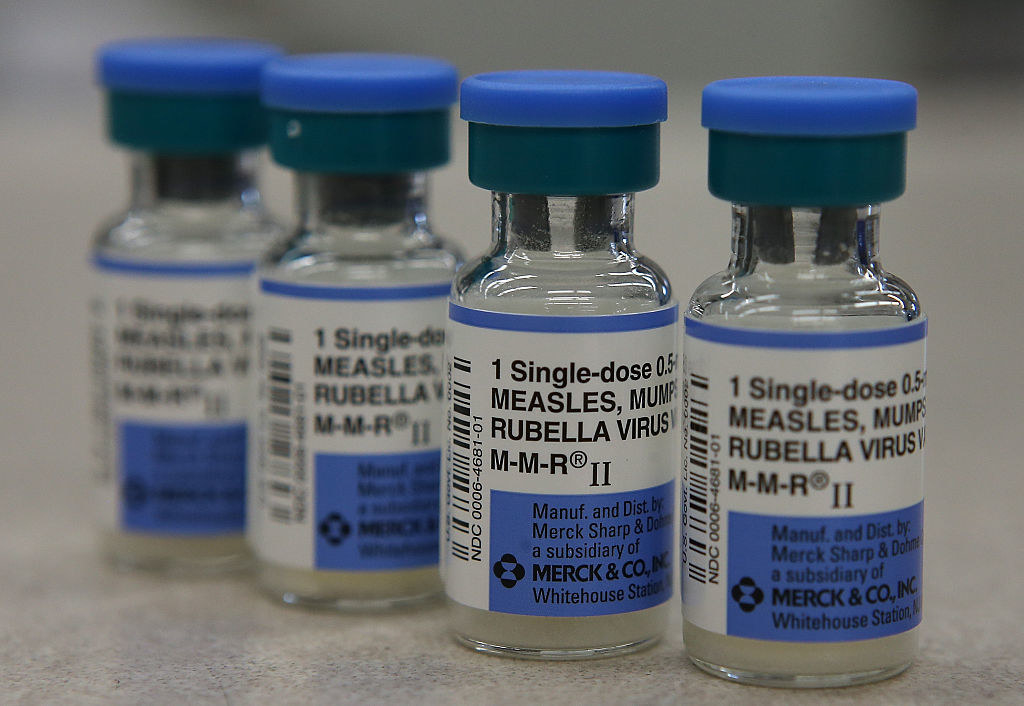
The CDC recorded 120 measles cases this year in 15 states (as of Dec. 2), the majority of which were in unvaccinated people. The largest outbreak happened in Minnesota, driven by vaccination fears among Somali immigrants. A scientific report in October found that, of the 1,789 US measles cases reported to the CDC between 2001 and 2015, almost 70% were unvaccinated people.
(Measles news looks better globally: The number of deaths from measles dropped to an all-time low in 2016, to about 90,000.)
9. Scientific misconduct tainted Brian Wansink's headline-grabbing research on the psychology of eating.

It has not been a good year for Cornell food psychology researcher Brian Wansink. Independent researchers began digging into — and blogging about — inconsistencies in at least 50 of his papers, spurring journalists to do the same. Wansink has had four full retractions this year and at least eight corrections, and Cornell has launched an investigation into his work.
BuzzFeed News reported that Wansink's Smarter Lunchrooms Movement — a $22 million federally funded program that used his research as the basis for health eating strategies in 30,000 schools — drew upon flawed studies. One of those papers, about whether an Elmo sticker could make a kid choose an apple over a cookie, ended up being retracted once for statistical errors, and a second time because it was actually done on toddlers, not 8–11 year olds. In yet other work, Wansink bizarrely got the same number of responses to what seemed to be very different surveys.
The public reckoning of Wansink's work, other researchers say, is emblematic of psychological research as a whole. As Stephanie Lee wrote in one of the Wansink stories:
To outside scientists, it reeked of statistical manipulation — that the data had been sliced and diced so much that the results were just false positives. It’s a problem that has cropped up again and again in social science research, and that a growing number of scientists are trying to address by replicating studies and calling out errors on social media.
10. Alex Jones and Gwyneth Paltrow sold the same unproven dietary supplements.
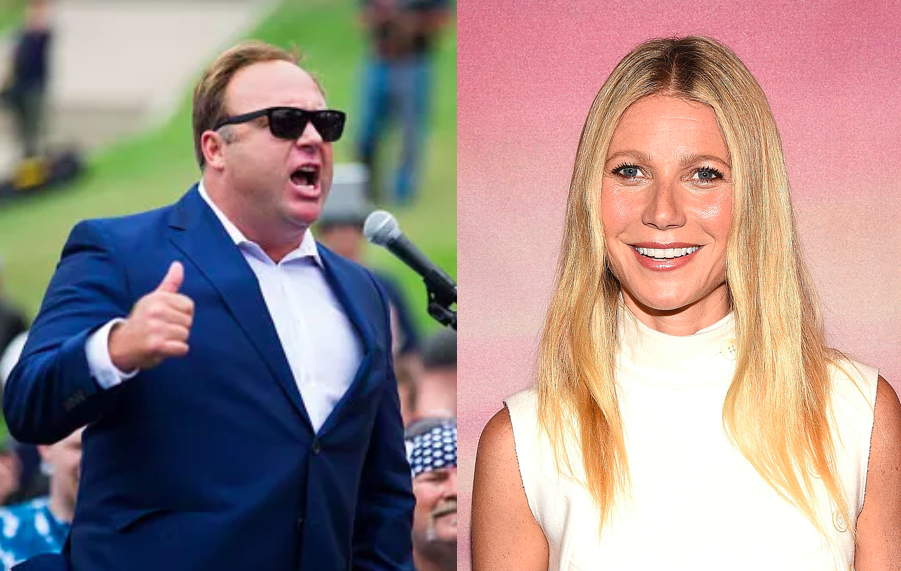
Quartz published one of the most depressing (and, let's admit, most fun) stories of the year by comparing the products sold at the "wellness" empires of the left — Moon Juice and Goop — to those sold by the conspiracy-laced Infowars. As they described the project:
We at Quartz have created a compendium, from Ashwagandha to zizyphus, of the magical healing ingredients both sides of the political spectrum are buying, and how they are presented to each. We looked at the ingredients used in products sold on the Infowars store, and compared them to products on the wellness shops Moon Juice and Goop. All make similar claims about the health benefits of these ingredients, but what gets called “Super Male Vitality” by Infowars is branded as “Sex Dust” by Moon Juice.
11. An alarming number of women — especially black women — died during pregnancy and childbirth.
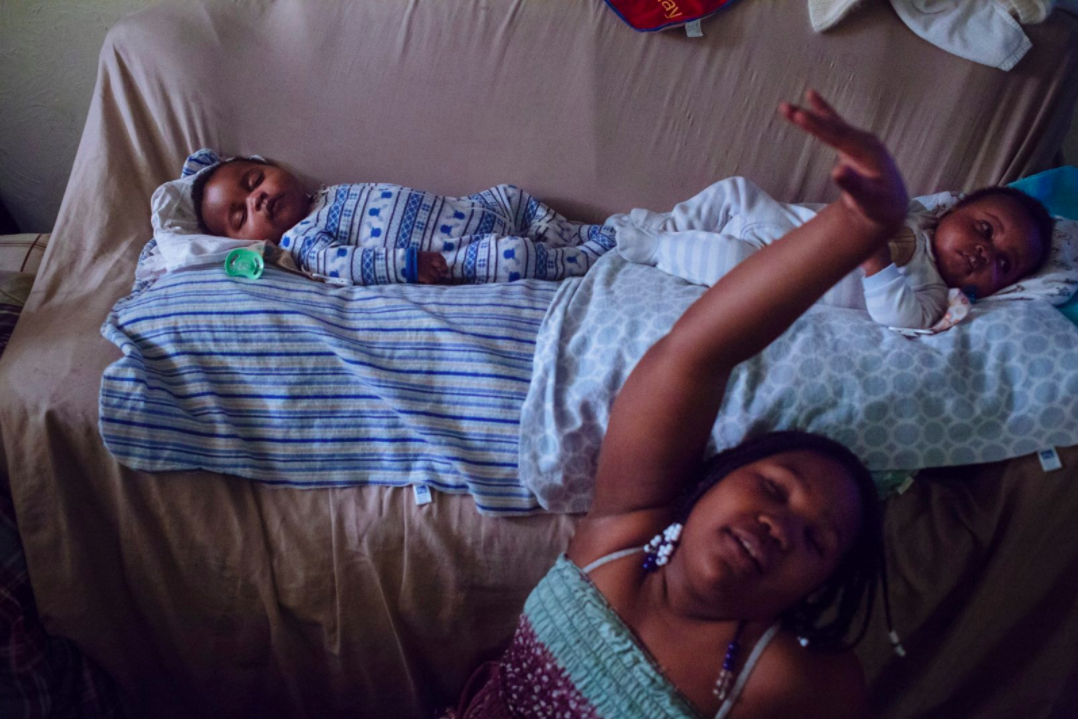
In a shocking series, ProPublica and NPR showed that the US maternal mortality rate is the highest among developed countries, and that black mothers are hit especially hard, dying at about three to four times the rate of white mothers. What's more, pregnant women — white or black — who deliver at "black-serving" hospitals have a higher rate of complications than those who deliver elsewhere.
Black babies, too, are dying at an appalling rate, about twice that of white babies, as reported by the Nation.
12. Superbugs were still super scary.
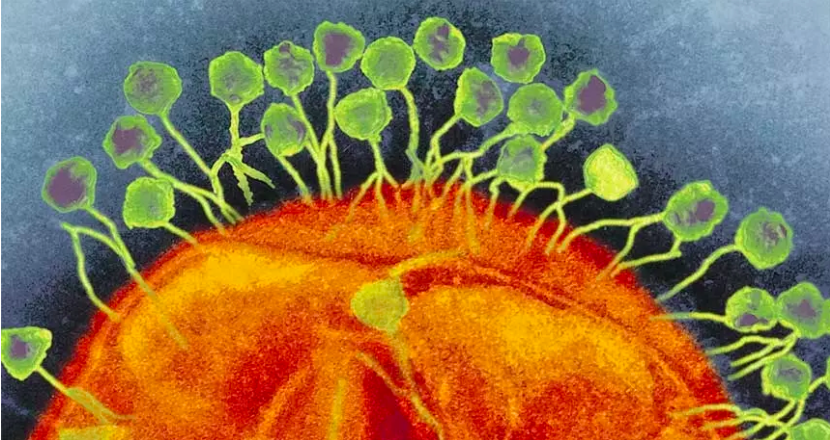
Antibiotics are becoming less effective as bacteria develop resistance against them, leading to a resurgence of dangerous infections. Gonorrhea, for example, is becoming harder to kill, with three countries (France, Spain, and Japan) reporting strains of the bacteria that are "untreatable." Syphilis, a deadly sexually transmitted infection that was close to cured 15 years ago, is also making a comeback. As the New York Times reported in August, the opioid epidemic has led people to trade sex for drugs, spurring a syphilis outbreak in Oklahoma.
The search for effective ways to kill superbugs has gotten so desperate that the US Navy is building a library of 300 sewer viruses that could be deployed in a century-old approach known as phage therapy.
13. Unregulated stem cell treatments, poop transplants, and DIY braces worried mainstream doctors.
View this video on YouTube
Another year, another round of stories of controversial medical treatments that could bring harm to patients.
At one Florida clinic, doctors took fat cells from patients' bellies and injected them into their eyeballs, an experimental therapy for macular degeneration. Three of these women went blind. At another clinic, also in Florida, a rogue doctor teaches parents how to give poop transplants to their children with autism.
And in 36 states, dentists and orthodontists lodged complaints against SmileDirectClub, an online upstart that offers DIY braces at a fraction of the cost of a typical orthodontist, claiming that this service risks patients' oral health. In response, the company threatened legal action against the dentists who criticized it.
14. US airspace was (still) buzzing with surveillance aircraft operated for law enforcement and the military.

Following 2016's explosive story about aerial surveillance by the FBI and the Department of Homeland Security, this year BuzzFeed News revealed other eyebrow-raising examples of government and military spy planes hiding from public scrutiny. A US Marshals plane, for example, circled above Eldorado, Mexico, while Mexican authorities captured the bodyguard of a key figure in the drug trade. Another plane, operated by an obscure company in Oklahoma, ran military exercises over Phoenix and analyzed traffic patterns in Wilmington, North Carolina.
BuzzFeed News science reporter Peter Aldhous found all of these hidden planes by developing a machine-learning algorithm. Read more about how he did it here.
15. The opioid epidemic got even worse, spurring a debate about chronic pain.
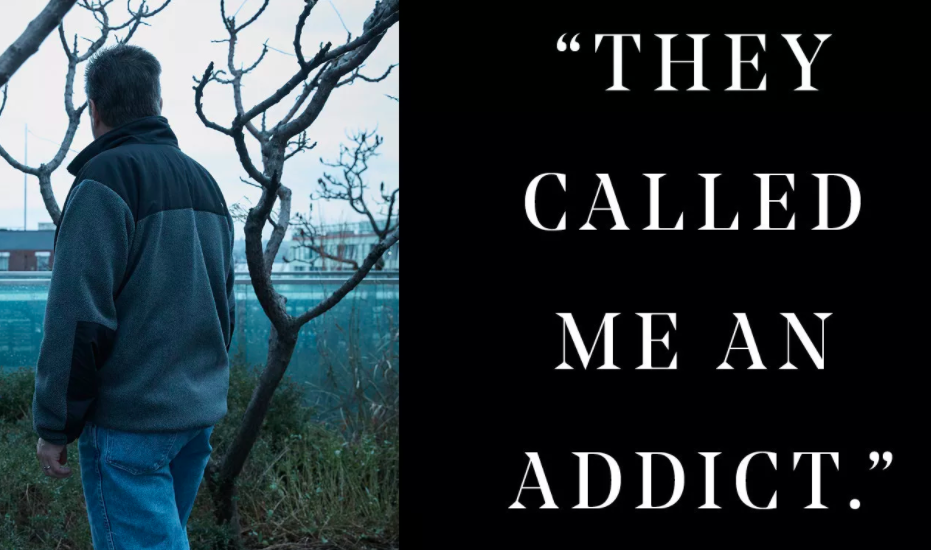
As the US opioid epidemic gets worse, a nasty, high-stakes debate has erupted about how doctors should treat people with chronic pain. Reacting to new guidelines from the CDC, some doctors have swiftly taken these patients off of opioid medications, throwing them into horrible withdrawal symptoms and leading some to consider suicide.
"Underneath the animus, almost everyone agrees, is not so much a clash between the doctors and patients," writes BuzzFeed News science reporter Dan Vergano. "It’s a medical system, built on 15-minute doctor visits that end with a prescription, that doesn’t effectively treat pain."
16. Because of opioid overdoses, US lifespan dropped for the second year in a row.

In 2016, US lifespan dropped for the second year in a row, to 78.6 years, down from 78.7 in 2015 and 78.9 in 2014. The drop is striking because elderly people in the US are actually living longer than they used to. But young people are dying of drug overdoses in staggering numbers.
“Basically, good things are happening to old people, while bad things are happening to young ones,” one expert told BuzzFeed News.
17. Mass shootings got worse.
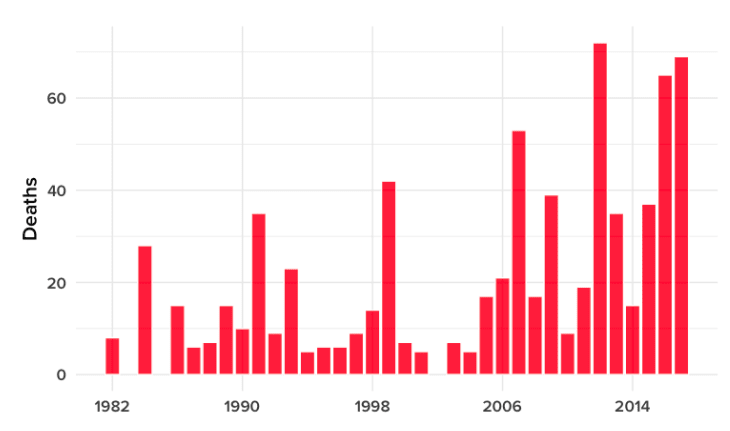
In October, a shooter killed dozens of people in Las Vegas, the deadliest mass shooting in modern American history. As the chart above shows, deaths from mass shootings (defined as single attacks in a public place in which four or more people were shot and killed) are on the rise. But because these events are still relatively rare, there hasn't been much research on how to prevent them.
CORRECTION
Gonorrhea is a bacterial infection. An earlier version of this post mistakenly called it a virus.

